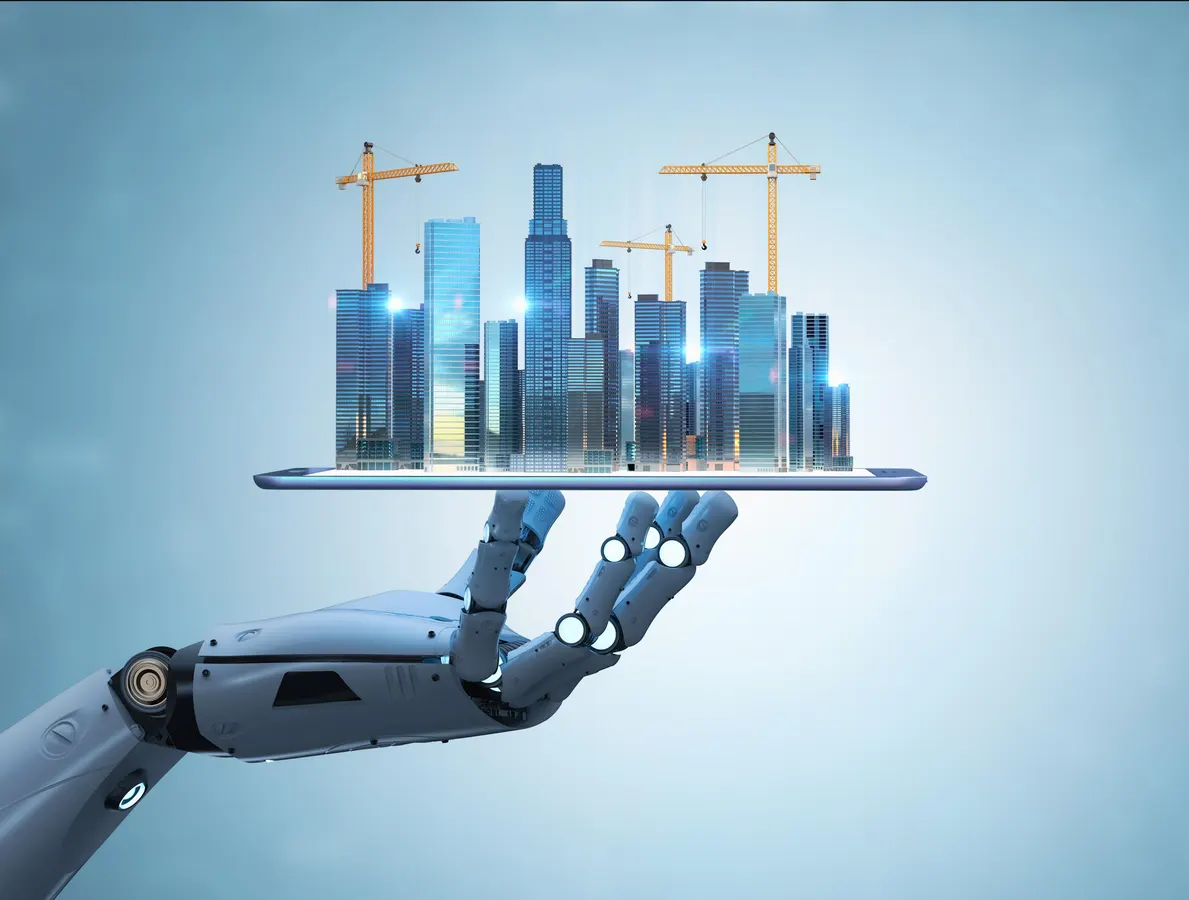A formal AI in Construction Market Competitive Analysis, using the structured framework of Porter's Five Forces, reveals an emerging industry with a unique and dynamic competitive structure. The market is defined by a moderate but intensifying rivalry, a mix of high and low barriers to entry depending on the segment, and a significant challenge in overcoming the industry's traditional resistance to change, which acts as a powerful "substitute" for new technology. Understanding these deep structural forces is essential for any company, from an established AEC software giant to a nimble startup, to formulate a successful strategy in this transformative market. The AI in Construction Market size is projected to grow USD 15.01 Billion by 2035, exhibiting a CAGR of 32.66% during the forecast period 2025-2035. A structural analysis shows that while the technological opportunity is immense, commercial success depends on navigating a complex industry that is both highly attractive and notoriously difficult to penetrate.
The rivalry among existing competitors is high and growing. It is a multi-layered competition between the major incumbent AEC software platforms (like Autodesk), who are embedding AI into their suites, and a vibrant ecosystem of hundreds of venture-backed AI startups, who are a tackling specific niche problems. This creates a "platform vs. point solution" rivalry, where the giants compete on the strength of their integrated ecosystem and the startups compete on the superiority of their specialized AI algorithms. The threat of new entrants is mixed. The barrier to entry for a new startup with a novel AI idea is relatively low, thanks to the availability of open-source AI frameworks and cloud computing infrastructure. This leads to a constant stream of new, innovative competitors. However, the barrier to entry for a new company to compete as a broad, enterprise-grade platform is very high, due to the R&D costs and the entrenched position of the incumbents.
The other forces in the model highlight the market's unique challenges. The bargaining power of buyers (the general contractors, engineering firms, and owners) is moderate to high. The construction industry is famously price-sensitive, and buyers can often demand extensive pilot projects and clear proof of ROI before making a significant software investment. The bargaining power of suppliers is also a key factor. The most critical "suppliers" are the providers of the core cloud and AI infrastructure (AWS, Azure, GCP) and the highly specialized AI and data science talent needed to build these products. The cloud giants have significant power, and the war for top AI talent gives those individuals significant leverage. Finally, the threat of substitute products or services is very high, and it is the biggest challenge for the entire market. The primary substitute for a sophisticated AI solution is the industry's long-standing reliance on manual processes, human oversight, and traditional, non-digital workflows. The greatest competitive battle for any AI-in-construction company is not against another software vendor, but against the deeply ingrained inertia and resistance to change of the construction industry itself.
Top Trending Reports -
GCC Railway Cybersecurity Market



